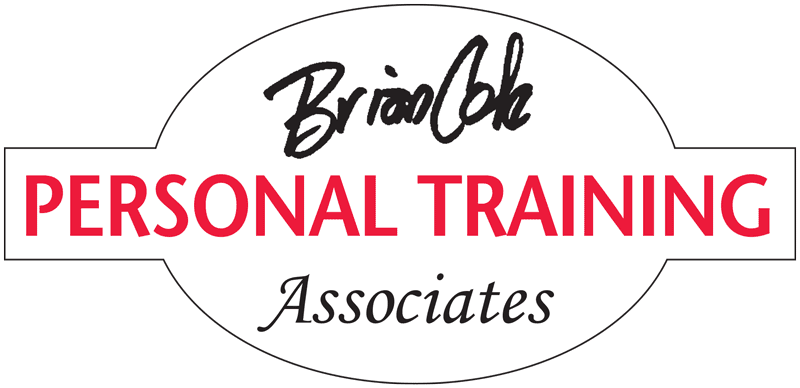I know that’s not a very upbeat headline to kick off 2012, but if you or anyone you care about is dealing with it, finding a path to some relief will assure them of a much happier new year!
Just about every movement of the human body involves that central area, so back pain can be very debilitating. Low back pain and the common cold are the two most frequent causes for doctor visits and the two most cited reasons Americans miss work.
Some common diagnoses include:
- Stenosis: A narrowing of the spinal canal causing nerve compression
- Spondylolithsesis: One or more vertebrae are out of proper alignment.
- Sciatica: A symptom of an underlying problem, not a diagnosis of the cause. The five sciatic roots originate in the lower spine and run through the muscles of the buttocks and down the back of each leg. Compression can occur in the muscles or at the spine.
- Herniated disc, pinched nerve, bulging disc, ruptured disc, etc.:All are terms that describe essentially the same condition. This is not necessarily permanent and often can be treated successfully.
- Degenerative disc disease: Not as bad as it sounds. MRI scans will show some degree of it in most of us with and without any pain or discomfort.
- Spondylitis: A chronic inflammatory condition found mainly in the spine.
Very few problems actually occur as a result of an “event.”
Most trouble is a result of repetitive stress, either from poor biomechanics, faulty recruitment, poor posture and/or weak musculature.
Many post-rehab techniques still focus on increasing range of motion in the back and hamstrings (the muscles down the back of the legs) by stretching and also on strengthening the abdominals.
It is doubtful the cause of back pain is excessive tightness. In fact, in muscles with a postural function, weakness precedes tightness. The muscles are “tight” to protect the area and provide some semblance of posture because they are too weak to perform as intended.
Armed with tons of up-to-date supportive research, I’m saying this old approach is not addressing the issue. Range of motion in the hips is usually poor in symptomatic backs. This results in too much back range of motion especially when under load.
Put another way, if we free the gluteals (buttocks) and the hip flexors to operate efficiently, pressure is properly proportioned and the back is relieved of improper duties.
While we work differently with say, spondylolithsesis than with spondylosis, the goal is the same.
The goal is stability. The back should be stabilized by exercise, not have its range of motion increased. The supportive muscles all should be strengthened to provide stability and to be capable of sustaining improved posture.

